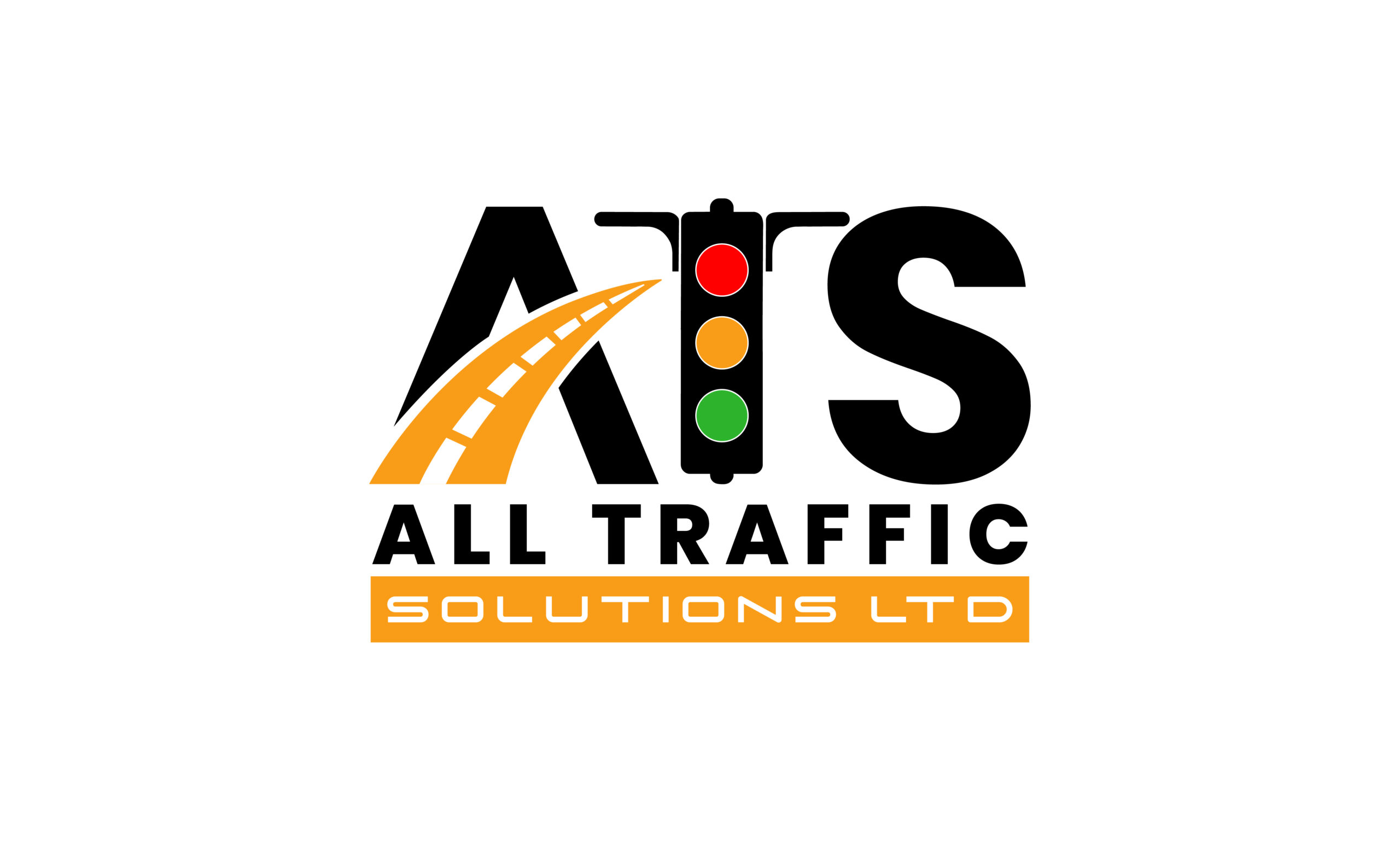Event Traffic Management
Event Traffic Management (ETM) is a crucial aspect of organizing any large-scale event, ensuring smooth traffic flow, safety, and minimal disruption to the surrounding area. Whether it’s a concert, sports event, festival, or conference, effective ETM enhances attendee experience and reduces risks.
1. Key Objectives of Event Traffic Management
- Safety: Prevent accidents and ensure pedestrian/vehicle safety.
- Efficiency: Minimize congestion and delays.
- Accessibility: Provide clear routes for emergency services, VIPs, and attendees.
- Compliance: Follow local regulations and traffic laws.
- Sustainability: Encourage public transport and eco-friendly options.
2. Components of Event Traffic Management
A. Pre-Event Planning
- Traffic Impact Assessment (TIA):
- Analyze expected attendee numbers and vehicle flow.
- Identify high-risk areas (e.g., intersections, parking bottlenecks).
- Route Planning:
- Designate entry/exit routes for different vehicle types (attendees, vendors, emergency services).
- Implement one-way systems if necessary.
- Parking Management:
- Allocate parking zones (VIP, general, disabled, rideshare).
- Use digital parking apps for real-time guidance.
- Public Transport Coordination:
- Arrange extra buses, shuttles, or trains.
- Partner with ride-hailing services.
B. On-Site Traffic Control
- Signage & Wayfinding
- Clear directional signs for parking, drop-off points, and exits.
- Digital displays for real-time updates.
- Traffic Personnel & Security:
- Deploy traffic marshals and police for enforcement.
- Use barriers, cones, and lane dividers.
- Dynamic Traffic Management:
- Adjust routes based on real-time congestion (e.g., opening/closing lanes).
- Use AI-powered traffic monitoring if available.
C. Post-Event Traffic Flow
- Staggered Exits:
- Release crowds in phases to avoid bottlenecks.
- Post-Event Debrief:
- Review traffic data and attendee feedback for future improvements.
D. Best Practices
- Early Coordination with local authorities and transport agencies.
- Clear Communication via social media, apps, and on-site announcements.
- Contingency Plans for accidents, weather disruptions, or overcrowding.
- Sustainability Focus by promoting carpooling, cycling, and public transport.
Effective Event Traffic Management ensures a seamless experience for attendees while maintaining public safety and minimizing disruptions. By combining strategic planning, technology, and real-time adjustments, organizers can handle even the largest events efficiently.



